14 km Northeast from Ponte de Lima, Cabração lies between two elevations each of a different nature: to West, sierra of Arga, an imposing granite mountain; to East, the schist mountain ridge of Formigoso.
The region…
Going around the village we get the impression of an unusual geology, judging by the materials used in traditional buildings and ornaments, mostly schist and granite. Here and there we can find quartz and feldspar rocks with very thick grains and perfect crystals usually called pegmatites. In the first half of 20th century, the exploration of tin in an important group of pegmatite seams turned Cabração into a mining village. Monteiros mine is the best example of that activity. In some old mining excavations we can still presently see some very rare minerals that, in whole Portugal, can only be found here in this region.
Sierra of Arga, next to the village, owes its name to the gold that was explored during Roman occupation in the Iberian Peninsula. Some mines have revealed those old excavations that industrial archaeology attributes to that period.
The people of Cabração relate to the mining way of living. A sign of this relation is the regional vocabulary that still holds corrupted designations of some minerals: volfro (wolframite), vidrilho (tourmaline gem) or louça (feldspar). Amongst the architectonic symbols are ruins of buildings and other traces of the tin extraction period, and even some places that are presently used for leisure, like the dam of Lourinhal, have their origins in the same industrial period. Nowadays, the targets of mineral extraction are mainly industrial minerals like feldspar, andaluzite and petalite.
In Portugal, petalite was first discovered near this village. So, the mining exploration and the geological singularity of Cabração still go on
In Cabração, gastronomic tradition includes arroz de sarrabulho (rice with pork cooked in its blood), rojões à moda do Minho (roast pork cooked the Minho way), Cozido à Portuguesa, cabrito assado (roast kid), fumeiro (smoked pork sausages, smoked ham, etc.), lampreia (lampern), enguia (eel), truta (trout), broa de milho (corn bread), vinho verde (white wine) and mel (honey).
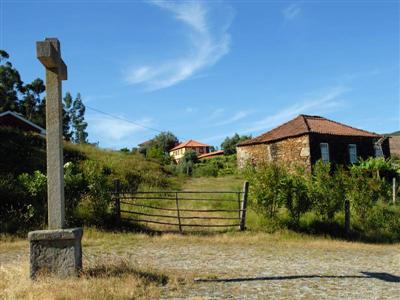
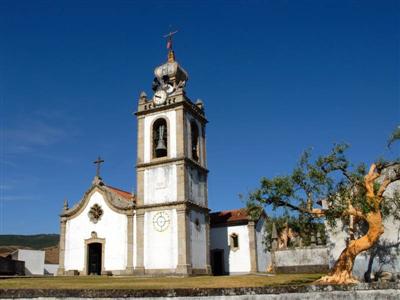
| House | Capacity |
|---|---|
| Casa dos Tres Irmãos | Pax 2 |
| Casa da Balouca | Pax 4 |
| Casa do Torril | Pax 4 |
| Casa Matos Lima | Pax 4 |
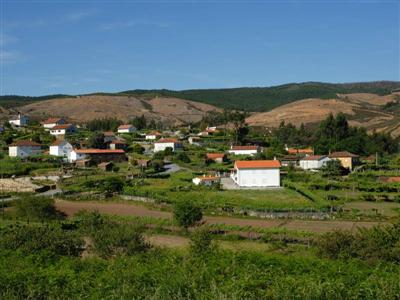
From Porto Airport: Take the motorway A3 towards Braga / Valença. Get off at km 76 and follow the directions to Ponte da Barca/Ponte de Lima. After the tolls, turn to the right in the direction of Ponte de Lima. About 2 km after you will find a roundabout, go straight and after 1,5 km you will find another roundabout where you must turn to the right in the direction of Viana do Castelo. In the third roundabout go straight and cross the bridge. After the petrol station you will find another roundabout, take the second exit on the N203 to Viana do Castelo. About 2 km after, turn to the right in the direction of Moreira Lima and Cabração. Follow the EM524 and about 4 km after the junction turn to the right in the direction of Cabração. Continue for about 5km and you will reach the village.
GPS coordinates:
41°49'57.80"N
08°38'56.18"O
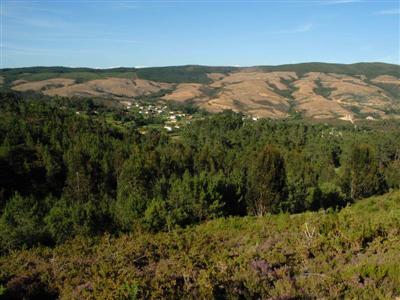 Due to their geographical constraints, the Aldeias de Portugal are often not provided with all the equipments and facilities that we usually find in urban centres. To make your stay at Aldeias de Portugal more pleasant we will mention here the facilities and equipments that can be found at the villages and/or surroundings.
Due to their geographical constraints, the Aldeias de Portugal are often not provided with all the equipments and facilities that we usually find in urban centres. To make your stay at Aldeias de Portugal more pleasant we will mention here the facilities and equipments that can be found at the villages and/or surroundings.
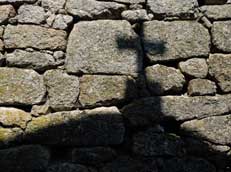 In the Aldeias de Portugal many perspectives catch the interest of their visitors. In these villages many constructions and archaeological findings prove us the existence of men thousands of years ago. Folklore is the most genuine, colourful and joyful of Portugal. Also culture, gastronomy, arts, artisans and traditional crafts of ancient times, were kept alive until the day of today.
In the Aldeias de Portugal many perspectives catch the interest of their visitors. In these villages many constructions and archaeological findings prove us the existence of men thousands of years ago. Folklore is the most genuine, colourful and joyful of Portugal. Also culture, gastronomy, arts, artisans and traditional crafts of ancient times, were kept alive until the day of today.
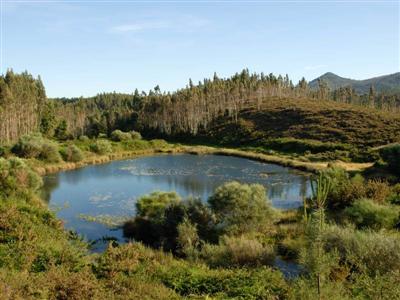
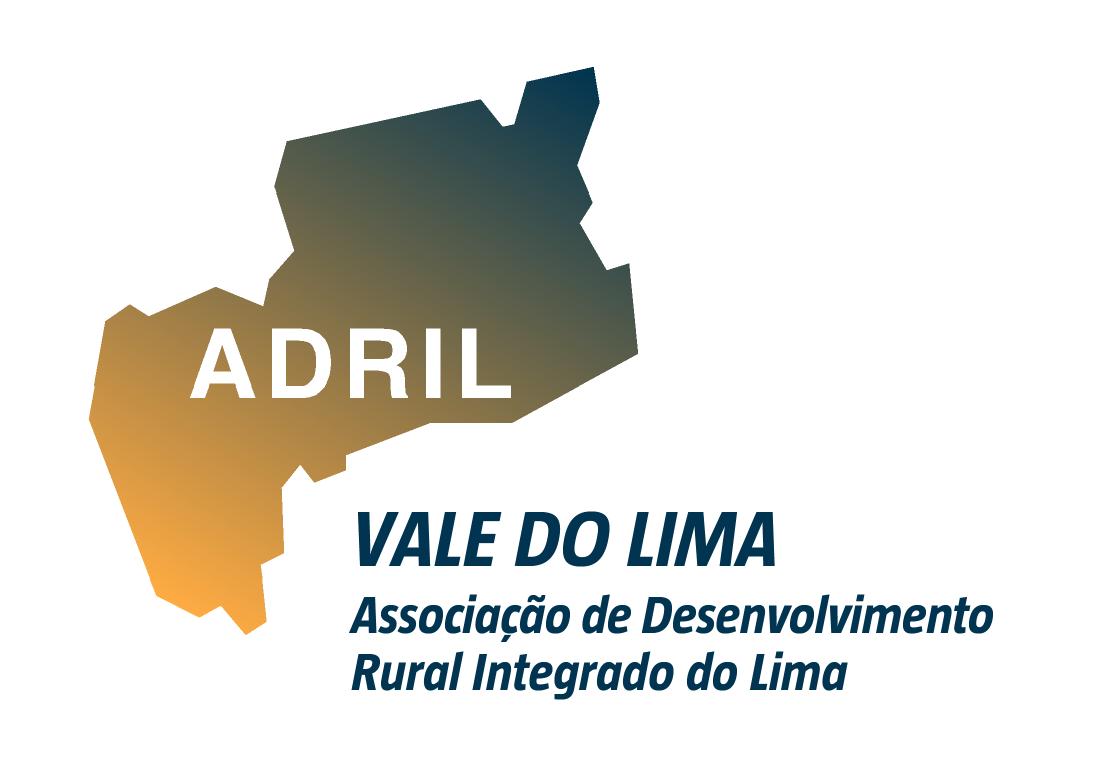 |
 |